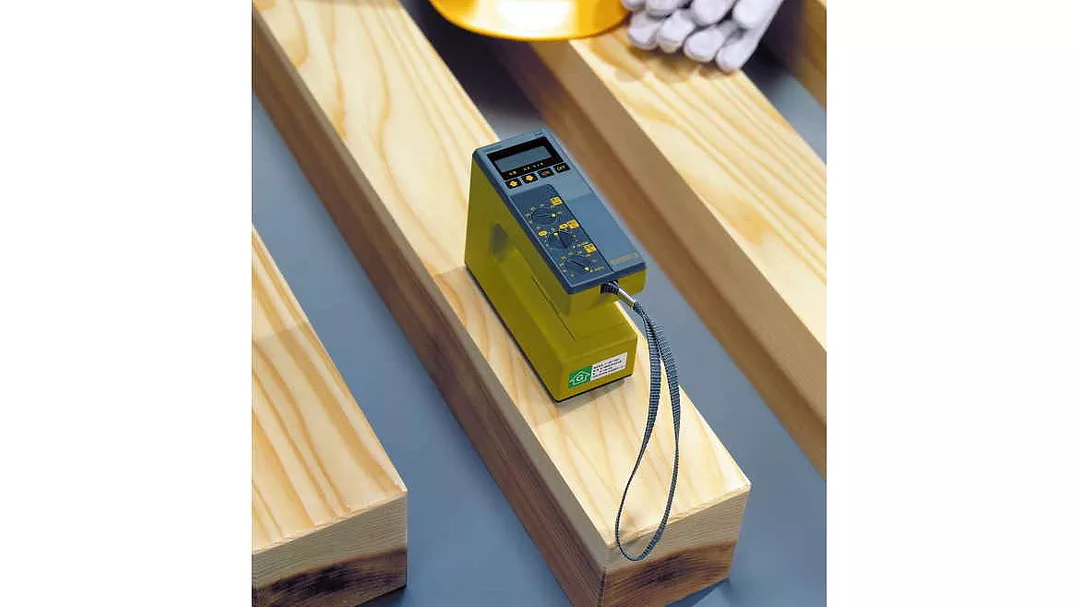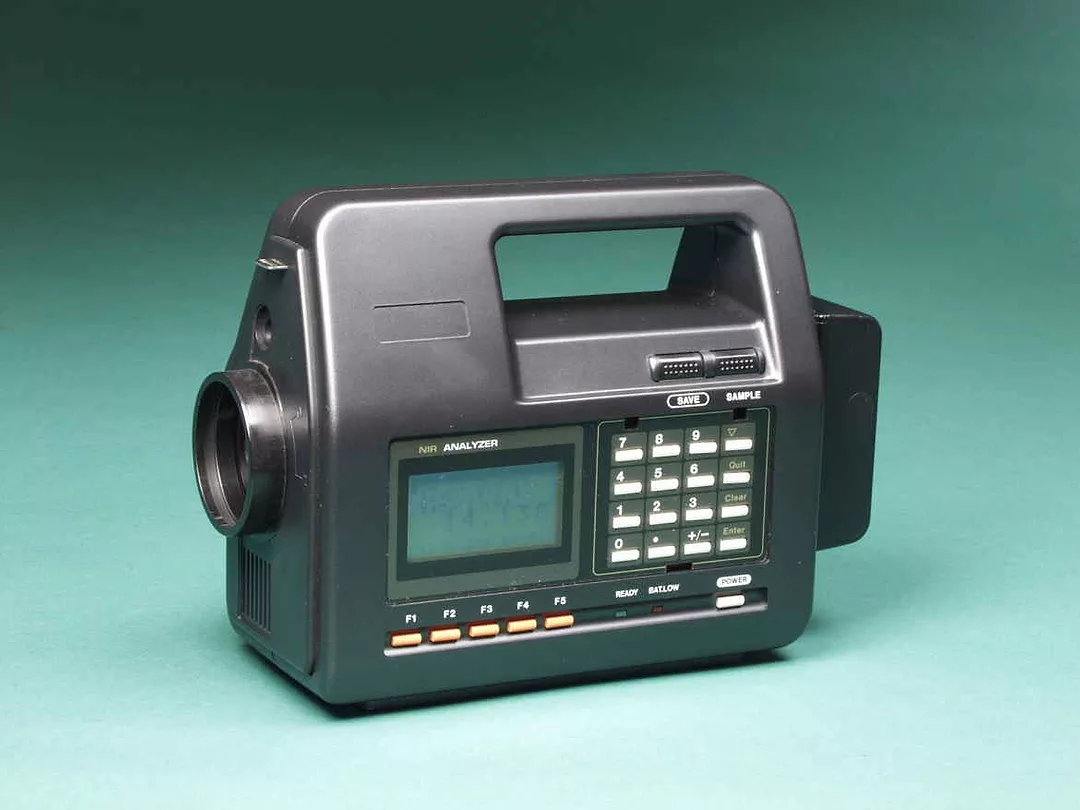Moisture Meters Essential to Roofing Contractors’ Toolkit
.webp?t=1645639540&width=1080)

These “point-and-measure” units can be used at the disaster recovery jobsite wherever moisture is a problem.

For roofing contractors dealing with any disaster where water intrusion plays a role, such as heavy rainstorms, hurricanes, or fire (due to suppression efforts), moisture meters are necessary to assess the extent of the water damage quickly and efficiently. This is vital to distinguish between salvageable and unsalvageable materials in order to cost-effectively expedite needed construction.
Excess water in roofing materials after a disaster can lead to mold growth and material rot long after the initial incident. The ability to provide sufficient documentation to prove existing water damage can also be stipulated for insurance claims or possible FEMA registration.
Although the roofing industry has access to moisture meters, to some extent, these tools typically require calibration, sampling, and specialized personnel. In addition, they are not very portable or flexible in measuring a variety of materials on the jobsite.
Fortunately, a new category of portable, handheld, instant moisture measurement devices are now available for roofing contractors that can be used on a wide range of materials with no special training. These “point-and-measure” units can be used at the jobsite wherever moisture is a problem. These new tools are now helping to speed restoration and improve building quality and can be either purchased or leased.
So, today the typical roofing contractor’s toolkit needs an update. For initial assessment and throughout the building or renovation process, contractors involved in work where water intrusion is a problem will need a reliable, portable, instant moisture meter along with other equipment to dry and remove water.
“Since not all water damage is visible to the naked eye, using a moisture meter can help roofing contractors determine exactly just how much of a structure has been exposed to water, so they can save what is dry and safe, and rebuild only what is necessary,” says John Bogart.
Bogart, an expert in moisture and composition analysis, is also managing director of Kett US, a manufacturer of a full range of moisture and organic composition analyzers.
Storms and Hurricanes
A powerful, slow-moving hurricane can dump up to two feet of rain in a short time. A category 4 hurricane can reach wind speeds up to 155 mph with storm surge up to 18 feet, according to the Saffir-Simpson Hurricane Scale. This can cause serious roofing damage and require substantial repairs to homes as well as commercial and industrial facilities.
Whether the damage is visible or not, a powerful storm or hurricane can loosen shingles enough to allow water to creep in and rot the structure of a structure from the top down. A roofing contractor’s visual inspection of the roof can quickly assess any preliminary damage. But as they make necessary repairs after a major storm, they will also want to quickly discover any moisture seeping in before it causes too much damage.
Roofs are especially susceptible to wind damage from storms and hurricanes at the corners, perimeters, and joints. A thorough investigation of these areas, along with the areas surrounding any loose or damaged shingles, are all great places to begin locating damage that can allow water to seep in.
“A roofing contractor can use a moisture meter to learn whether or not water is working its way through a roof that has been compromised by gale-force winds and heavy rain,” says Bogart.
For example, one portable moisture meter that contractors have found to be effective to instantly check a roof for water damage is Kett’s HI520-02, which can measure through shingles and deep into the sublayers to evaluate roof sheathing for moisture.
Efficiently Inspecting Roofing Materials
To efficiently inspect the widest range of roofing materials, Bogart recommends that contractors use moisture meters that utilize Near-Infrared (NIR) light. NIR light is a highly accurate, non-contact secondary measurement method that can deliver immediate, laboratory quality moisture readings.
“NIR moisture meters follow the principle that water absorbs certain wavelengths of light. The meter reflects light off the sample, measures how much light has been absorbed, and the result is automatically converted into a moisture content reading. Roofing contractors can use the NIR meters on anything where measuring surface moisture is important,” says Bogart.
Major Roofing and Structural Damage
If powerful winds, downed trees, or major flooding have caused extensive roofing and structural issues, chances are the home or facility has been exposed to a significant amount of water from rain, flash floods, or storm surge.
When structures are ripped open or flooded, it is important to discover the extent of the damage: Just how far did the water creep into the structure? Is only one area of the structure affected? What needs to be replaced?
If the building has incurred major roofing and structural damage, the best way to discover what is salvageable is to check what is dry and intact. A moisture meter will provide many of these answers.
Fire
Extinguishing a fire can require using large volumes of water, which can prove to be just as destructive to a structure as the fire itself. So, on first inspection it can be helpful for a roofing restoration contractor to use a universal moisture meter or a NIR meter to determine the extent of water damage in plain view and behind the scenes.
Is the roof substrate too water damaged to salvage? Wood that has been exposed to water and flooding can be susceptible to dry rot. So, using a wood moisture tester to check that wood has properly dried can prevent losing structural integrity as a result of dry rot.
While initial assessment may be the primary focus of moisture measurement for disaster recovery, it can also be invaluable during the rebuild process as well.
“A moisture meter is good to use not only for assessment but also throughout the entire roofing and rebuild process as well since it helps contractors monitor moisture levels along the way to document building quality and compliance,” said Bogart.
For more info, contact Kett at 800-438-5388, support@kett.com or visit www.kett.com.
